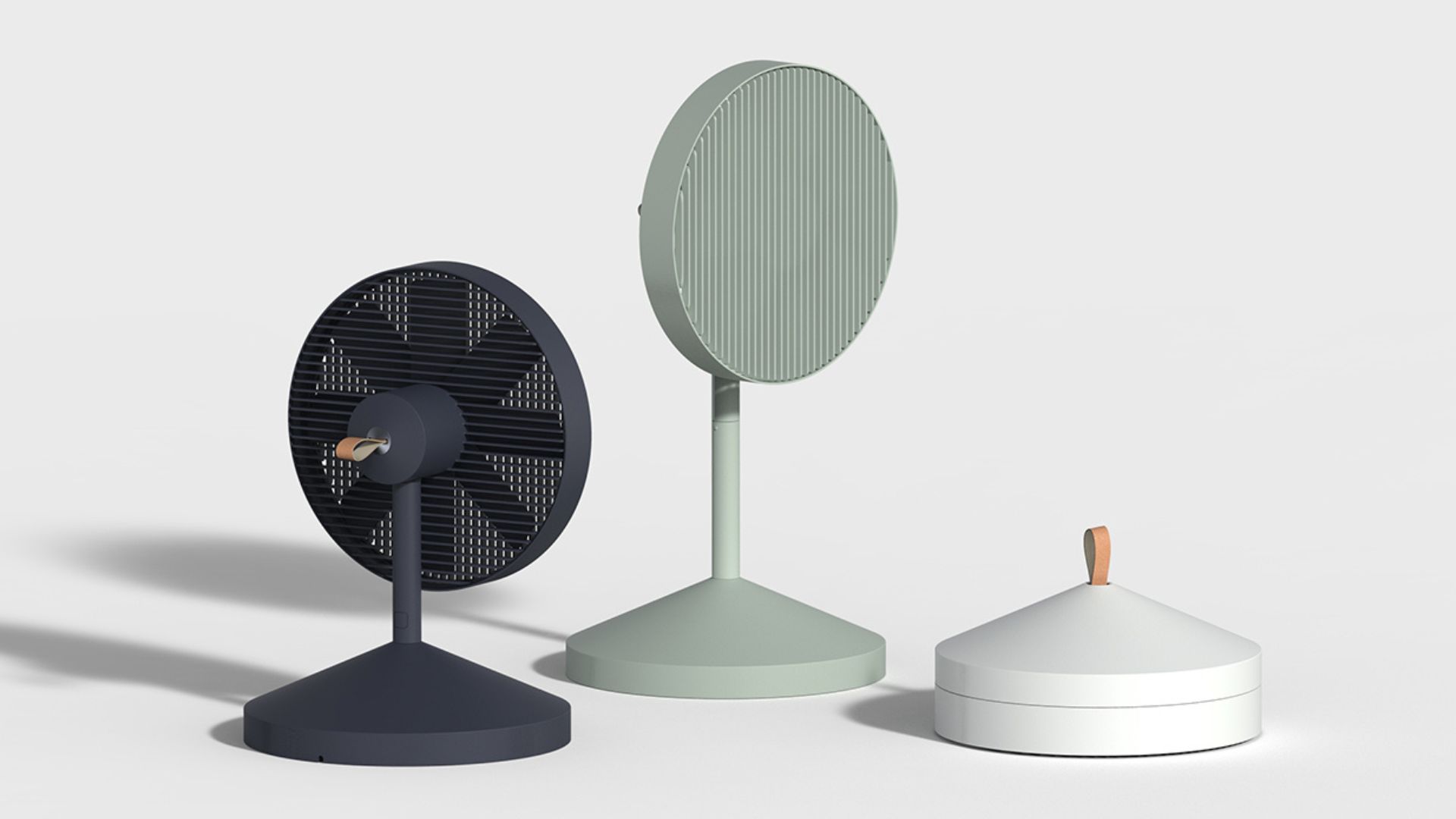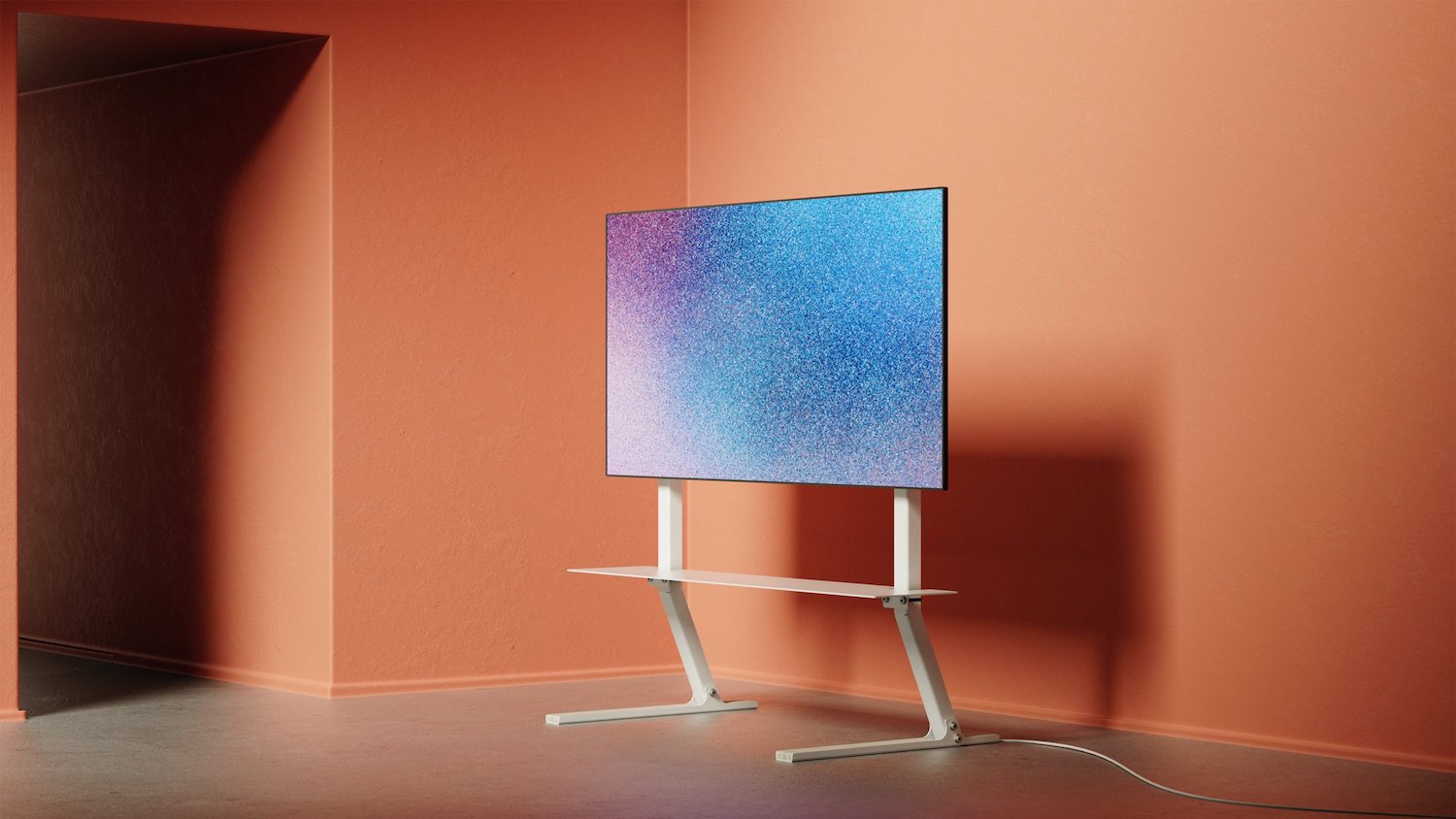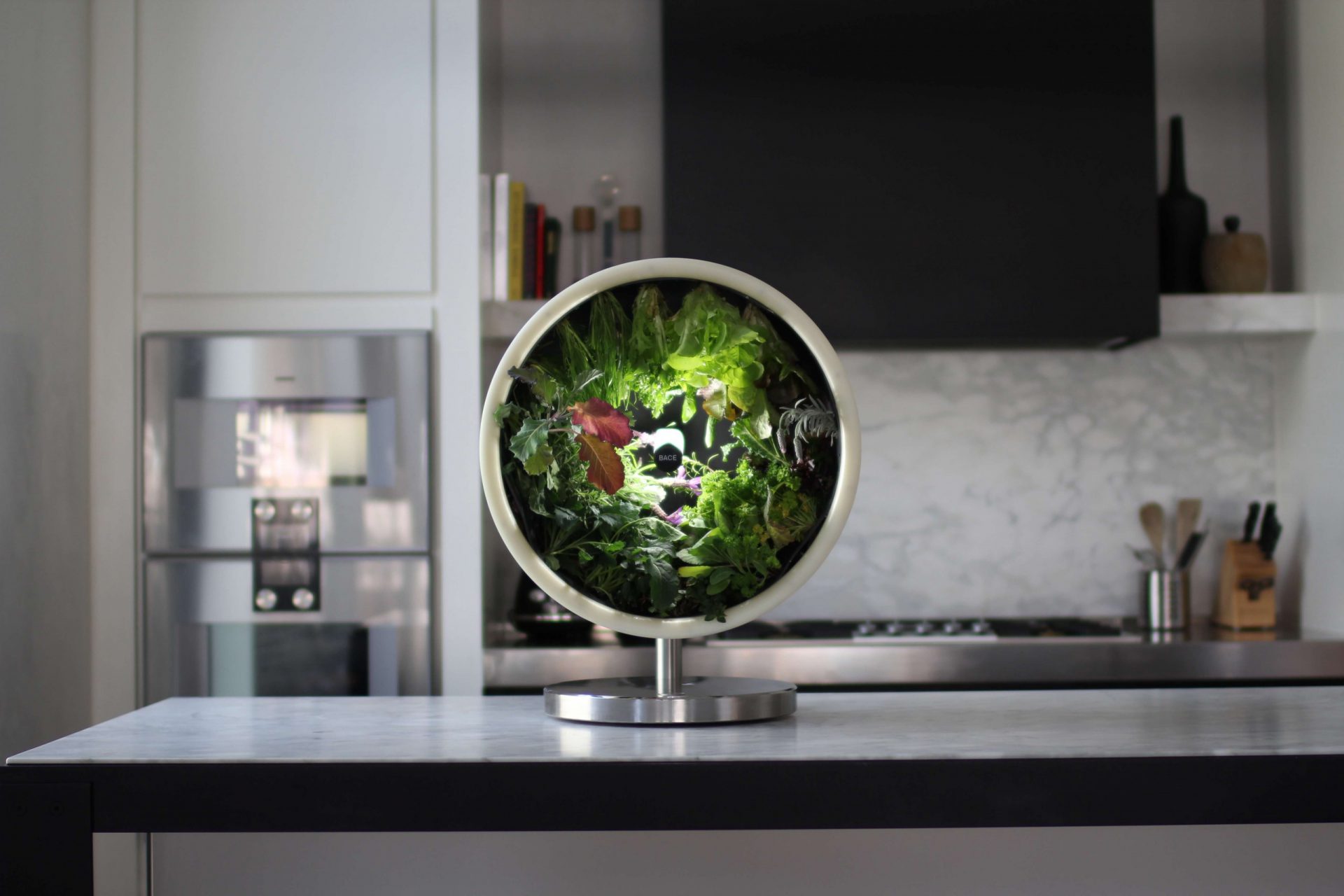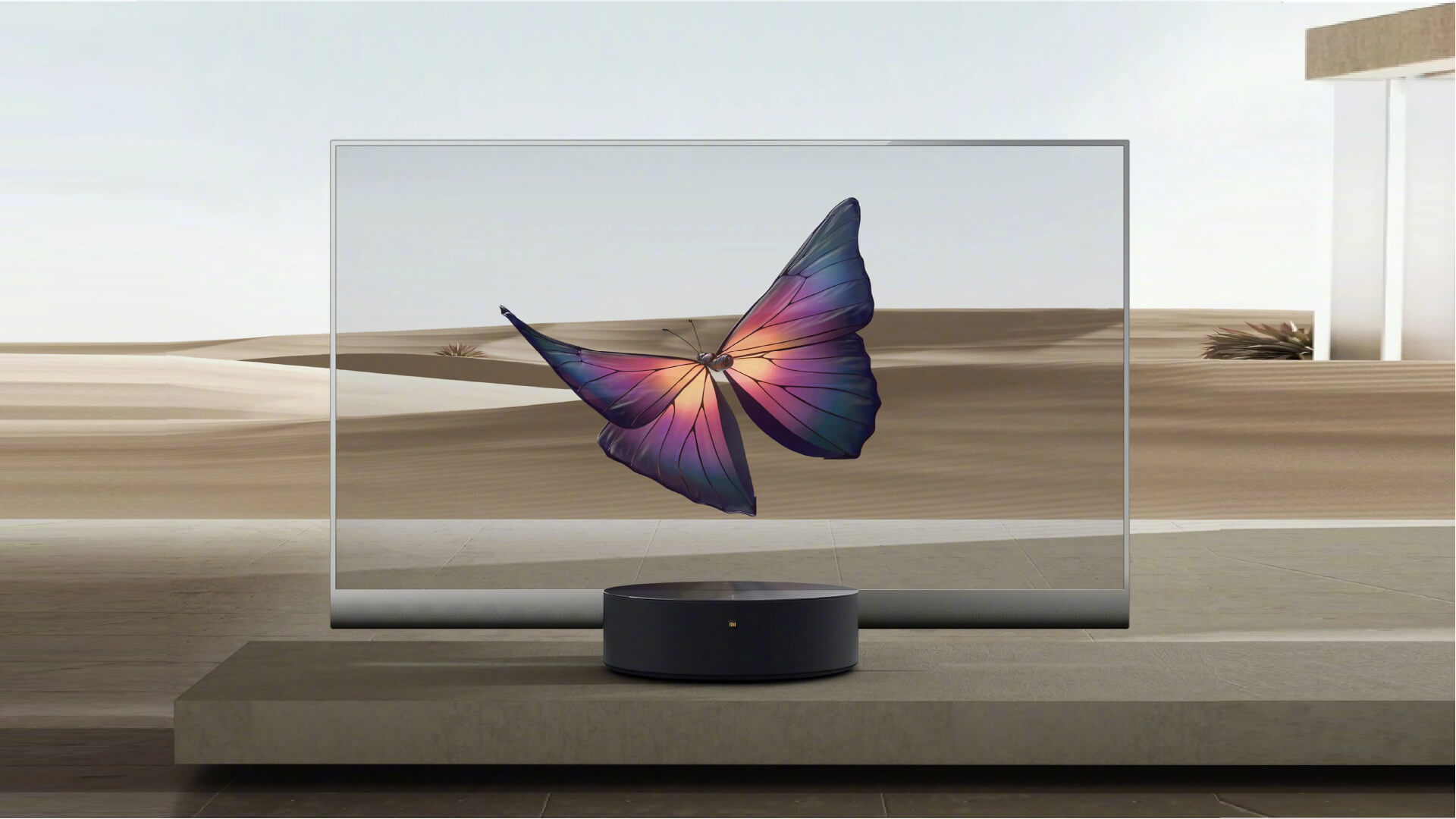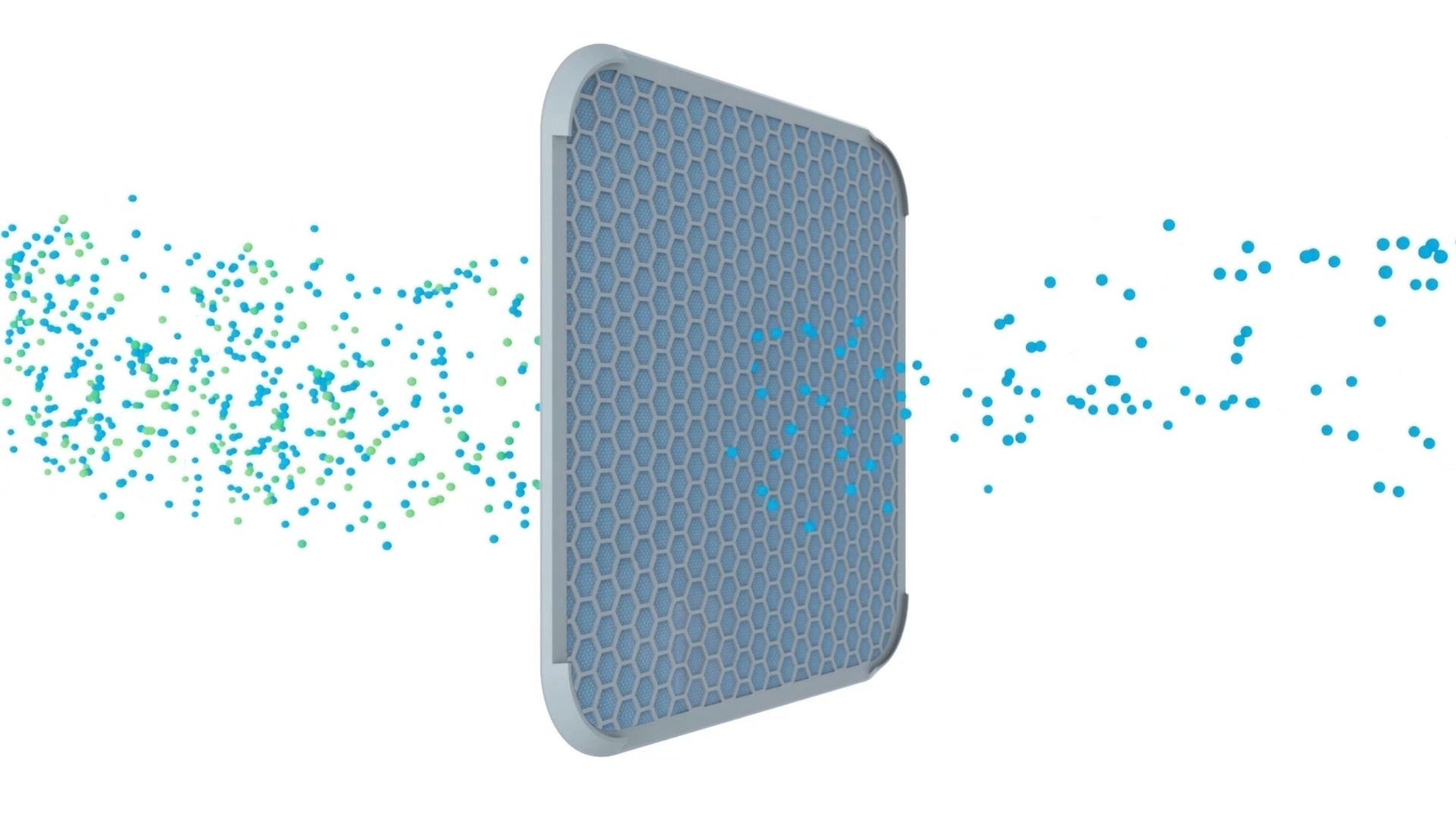A terracotta cooling device that integrates nature with modern technology
This ingenious design leverages the efficacy of a porous terracotta container filled with water. This ancient architectural practice, once prevalent in Egypt, the Middle East, and hotter parts of India, has been reimagined to offer efficient and eco-friendly cooling solutions
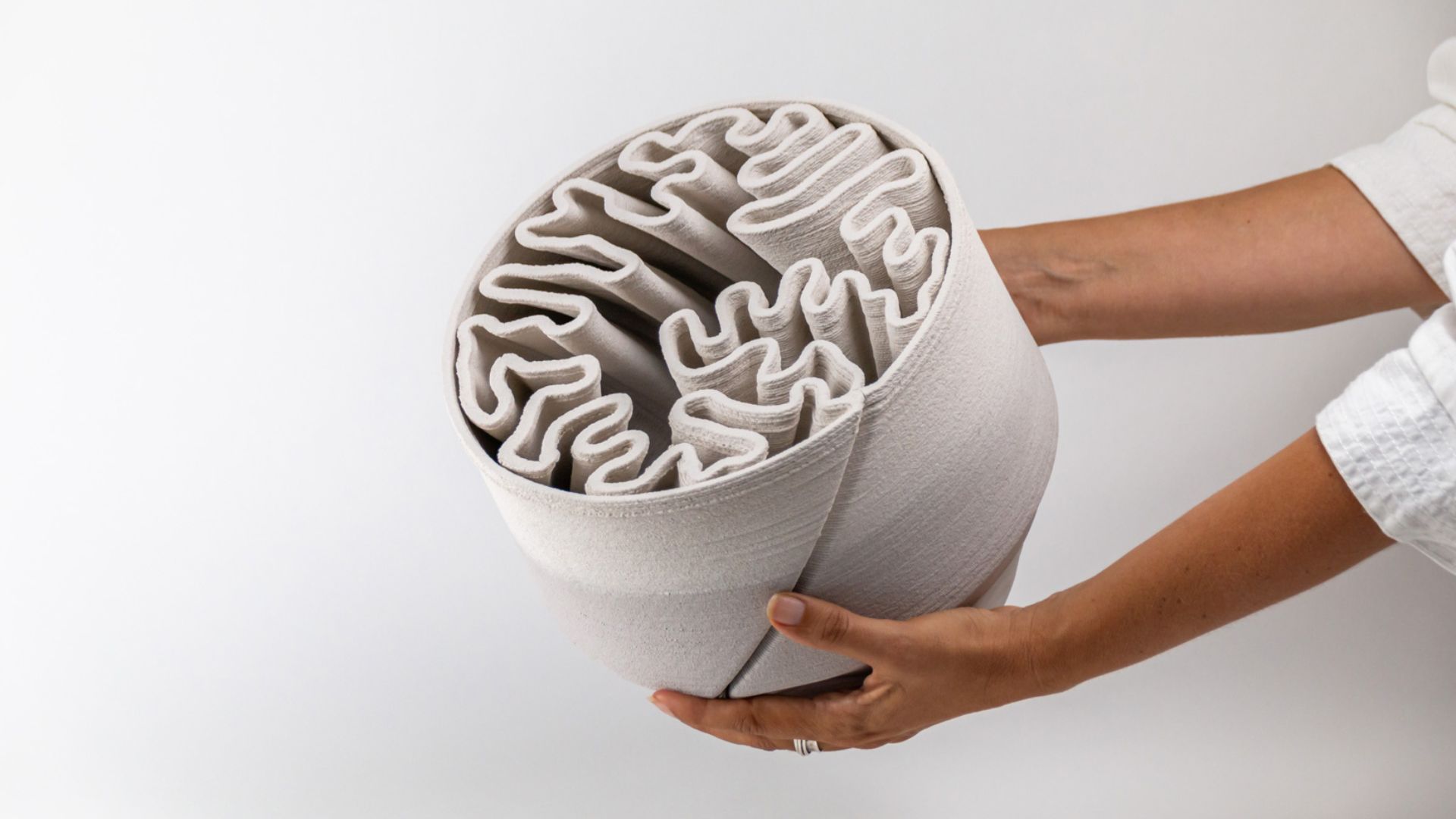
Inspired by the natural world’s elegance, Simon Pavy – from the design agency Entreautre – optimized the interaction between terracotta and airflow to birth the Biomimicry cooler – that mirrors ancient principles.
The cooling device’s undulating patterns, reminiscent of coral growth, were generated through an algorithmic design approach that integrates nature’s wisdom with modern technology.
In the following interview with Pavy, we delved into the innovative process, his exploration of alternative forms and materials, and the philosophy driving Entreautre’s mission. As the Biomimicry cooler takes shape, it introduces novel perspectives on room and office cooling, setting new standards for design and functionality.

Discover how the Biomimicry cooler signifies a union of design, nature, and the future.
What was the origin of the idea that sparked the development of the Biomimicry cooler?
Simon Pavy:
“The French design studio, Entreautre, is leading a design research division guided by a central concept: the “Futur Simple.” This notion serves as a creative playground enabling us to leverage our expertise and innovative design approach in emerging domains like energy, mobility, and electronic waste.
Our objective is to demonstrate the feasibility of virtuous solutions to current challenges and translate them into tangible products. By utilizing design as a transitional tool, we aim to assist those who are committed to shaping a positive and desirable future.”
How did the creative process unfold? And then, how did it translate into the finished product?
Simon Pavy:
“It all began with the 3D ceramic printing machine. We took the lead in forming a collaborative group to delve into this cutting-edge technology. We started with a collection of objects named “Loop.” Through this initial endeavor, we progressively acquired skills and know-how to achieve more complexe shapes, impossible to handcraft. Operating this highly demanding machine, as we meticulously followed each step of the process, led to the birth of new concepts.
As our exploration continued, our interest extended to a traditional cooling practice : a terracotta containers filled with water that harness natural airflow to produce a cooling effect. To achieve an intriguing outcome, our goal was to optimize the interaction between the humid terracotta and the airflow, ensuring sufficient cooling within the dimensions suitable for a printable piece.

The various constraints we encountered compelled us to draw inspiration from the natural world. After all, billions of years of evolution have yielded the most refined forms. This curiosity led us to delve into the concept of differential growth found in nature. This algorithmic growth process mimics cellular division, resulting in undulating patterns seen in phenomena like corals.
At this juncture, we developed a program utilizing algorithmic design principles to generate a code compatible with the 3D printing machine. Through a series of rigorous tests, we confronted challenges such as time constraints, drying time, terracotta’s porosity, filament diameter, water volume, structural integrity, venturi effect and so on. This process led to the emergence of the 700mm-tall piece, which stands as a testament to our vision.”

Is it feasible to achieve the same functional outcome with different internal structures? If so, what could they be?
Simon Pavy:
“Certainly, it’s indeed a possibility that emerged during the design phase. We conceptualized various other forms. However, we’ve chosen not to print them out. This decision stems from the fact that these shapes exhibited a more “mechanical” and linear aesthetic made with traditional CAD, which would not effectively communicate the vision of a suitable alternative to cooling systems.”
Is it possible to achieve the same results using other materials, still utilizing 3D printing? (no/yes) Why?
Simon Pavy:
“Yes, absolutely. Terracotta was the material of choice for the cooling device, although we have employed ceramic in our previous 3D printing experiments. This particular machine is an offshoot of the 3D plastic printing technology, as we all know about. This technology has served as the inspiration for innovations like food and concrete printing machines, for instance.”

What makes Biomimicry cooler a better solution compared to the options available in the market?
Simon Pavy:
“We truly believe in the reciprocal inspiration between nature and design. There is so much for us to glean from our surroundings. By undertaking this transformation, our objective is to demonstrate the existence of alternative methods for construction, design, and creation. This shift is aimed at empowering future design solutions with a more holistic approach.”
Do you think it’s reasonable to consider other applications of the same concept in different formats?
Simon Pavy:
“Certainly. The Biomimicry cooler has emerged as a result of every constraints we encountered during the process. However, should we decide to expand the project’s boundaries, it opens up the possibility for different forms, potentially taller or larger pieces. At the end of the day, given adequate development time, all possibilities are attainable as long as they align with the scope of our vision.”

Which audience of buyers is the project targeting?
Simon Pavy:
“Currently, the product is in the testing phase, so we haven’t dug into this aspect yet. We know that we won’t directly compete with the existing cooling systems designed for the largest spaces. Our intention, instead, is to introduce new perspectives in the near future regarding room and office cooling. We aim to provide tailored solutions that offer effective cooling for specific time frames, room dimensions, and reasons.”
From your perspective, how can the product be marketed or made available to the final users?
Simon Pavy:
“For now, our focus is directed towards ensuring the efficiency of the Biomimicry cooler. Exploring the user experience within a residential setting is an important aspect that will obviously come afterward. Ultimately, our aim is to deliver a flawless experience comparable to specialized traditional cooling systems.”









